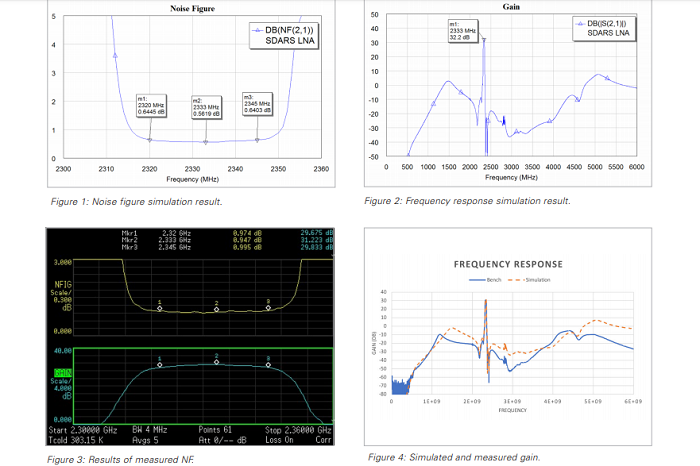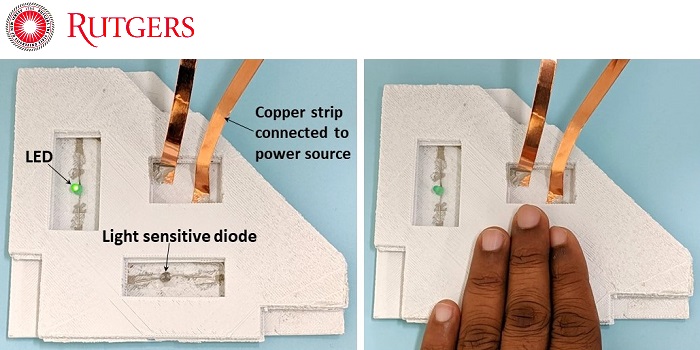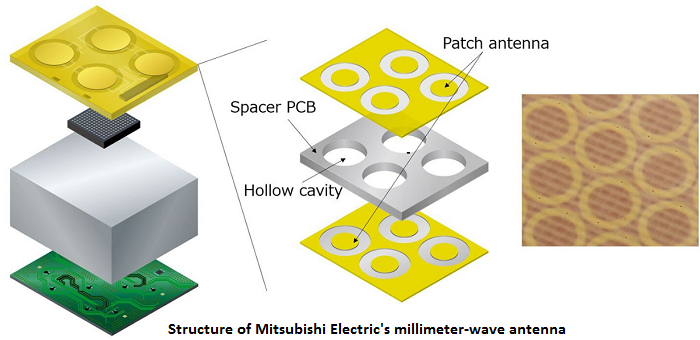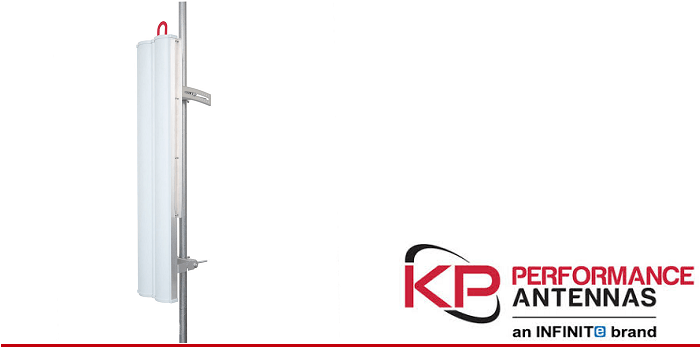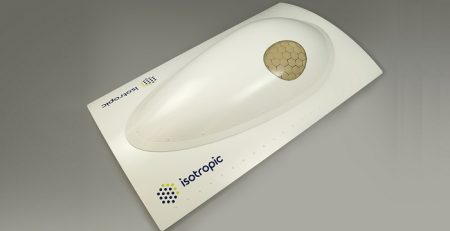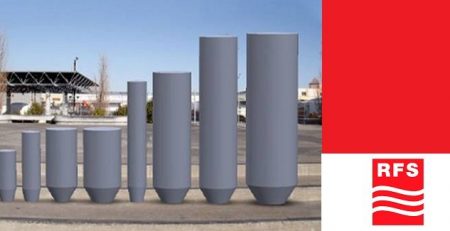Engineers Overcome Automotive SDARS Design Challenges With NI AWR Software

With the increasing customer demand for better and faster in-vehicle infotainment systems, the requirement of adding more antenna elements into the vehicle rooftop antenna modules is increasing. Crosstalk (coupling) between those antenna elements within the module is one of the most critical and challenging issues that antenna engineers are facing and struggle to overcome. This crosstalk between the antenna elements results in leakage of unwanted signals, which are picked up by an antenna. A specific example is the influence of the cellular antenna element, which causes interference, overloading, and added noise in the low-noise amplifiers (LNAs) of the rest of the antenna elements.
Engineers at Richardson RFPD were tasked with developing a robust LNA lineup for an SDARS antenna that has higher immunity to external interfering signals. The LNA lineup was for the SDARS antenna designed for multiband antennas for rooftop automotive applications to fit in a very small volume to satisfy automotive market requirements. The designers used National Instruments (NI) AWR software, specifically Microwave Office circuit design software, inclusive of the network synthesis wizard and iFilter integrated filter synthesis wizard, to simulate the complete LNA circuit.
The stability analysis and optimization features of NI AWR software are very powerful and efficient in yielding the desired results. Combined with the network synthesis and iFilter wizards, the software enabled a fast turnaround time between simulation and bench testing.
The designers chose the NI AWR Design Environment platform because they were very familiar with the software and its reliable results. The intuitive user interface along with the availability and power of the network synthesis and iFilter wizards were additional reasons that motivated them to use the software. The flexibility of importing the S-parameter files and interfacing between the network synthesis and iFilter wizards and the schematic window made it possible to efficiently design the LNA in a short amount of time and yet obtain very good results. The network synthesis wizard was extensively useful for generating the matching components to address the out-of-band impedance matching requirements since the bandpass filters required 50-ohm terminations to operate properly. This enabled the team to meet the out-of-band frequency response requirements.
The designers cited the main benefits of using NI AWR software as including the ease of building the schematic and the high speeds and efficiency of the simulation runs, as well as the high accuracy of the results. The iFilter and network synthesis wizards were also key benefits because they automatically generated the components network topology and the components values from the definition of the frequency band and performance target parameters, which saved a great deal of time and iterations.
Richardson RFPD, an Arrow Company, is a specialized electronic component distributor providing design engineers with deep technical expertise and localized global design support for the latest new products from the world’s leading suppliers of RF, wireless, internet of things (IoT) and power technologies. The company’s specialized knowledge in RF, wireless, IoT and power management engineering helps customers accelerate time to market, find complete solutions, save development costs, and, ultimately, improve design performance.
Click here to read more about the SDARS design challenge and solution.
were tasked with developing a robust LNA lineup for an SDARS antenna that has higher immunity to external interfering signals. The LNA lineup was for the SDARS antenna designed for multiband antennas for rooftop automotive applications to fit in a very small volume to satisfy automotive market requirements.
The designers chose the
platform because they were very familiar with the software and its reliable results. The intuitive user interface along with the availability and power of the network synthesis and iFilter wizards were additional reasons that motivated them to use the software. The flexibility of importing the S-parameter files and interfacing between the network synthesis and iFilter wizards and the schematic window made it possible to efficiently design the LNA in a short amount of time and yet obtain very good results. The network synthesis wizard was extensively useful for generating the matching components to address the out-of-band impedance matching requirements since the bandpass filters required 50-ohm terminations to operate properly. This enabled the team to meet the out-of-band frequency response requirements.

